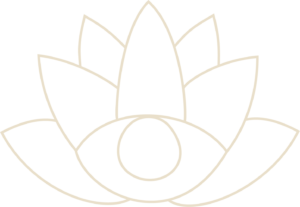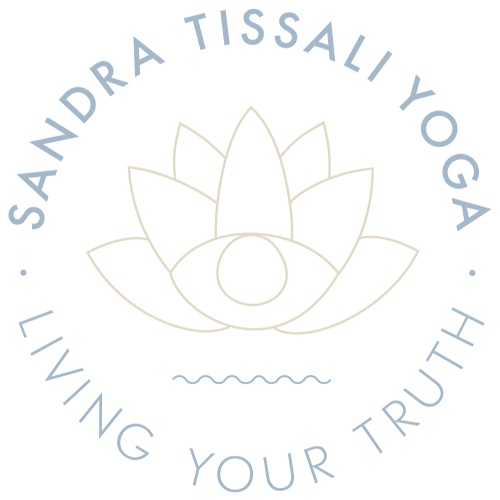Yoga is a thousands of year old tradition with its roots in India. Many different yoga paths have evolved over time. Many modern yoga styles focus on body-related practice (asanas) accompanied by breathing exercises (pranayama) and meditation (dhyana).

"The focus is not on the perfect external form of the posture but the inner development of the practitioner in the various asanas."
Prana Vinyasa was developed by Shiva Rea based on the teachings of Krishnamacharya and other traditions such as Tantra, Ayurveda and Bhakti Yoga (devotion). The essence of this energetic yoga path is to be connected to Prana – the most powerful existing source of energy. In Prana Vinyasa Flow Yoga, the focus is on the approach “alignment through movement”. The unique “3-Part-Vinyasa-Method” – the so-called “Pulsations”, “Body Vinyasas” and “Rhythmic Vinyasas” – keeps the flow of breath alive and lets the practitioner experience the connection to the Prana Vayus, the directions of movement of Prana, which shape every single movement and asana.
In order to achieve different effects on body, mind and soul, the asanas are combined to form new, creative sequences. The “wave theory” developed by Shiva Rea enables the practitioner to develop his full potential: Within a Prana Vinyasa class there is a returning into certain key actions and movement patterns so that from “wave to wave” the practicioner can immerse deeper and deeper in the resulting energy. Our intention is to let go of the routine so that the practice can become an healing “movement alchemy”. Depending on external and internal factors, we choose either a powerful and activating solar sequence or a regenerating and meditative lunar sequence. We also dedicate the practice to one of the five Ayurvedic elements, depending on which one has a balancing and harmonizing effect to what is present in the here and now.
In Prana Vinyasa Flow Yoga the focus is not on the “perfect” external form of the posture. Rather, the inner development of the practitioner in the various asanas is the focus. The aim is to feel the moment and experience connection with yourself. If this quality is practiced, the external shape and orientation will always follow.

